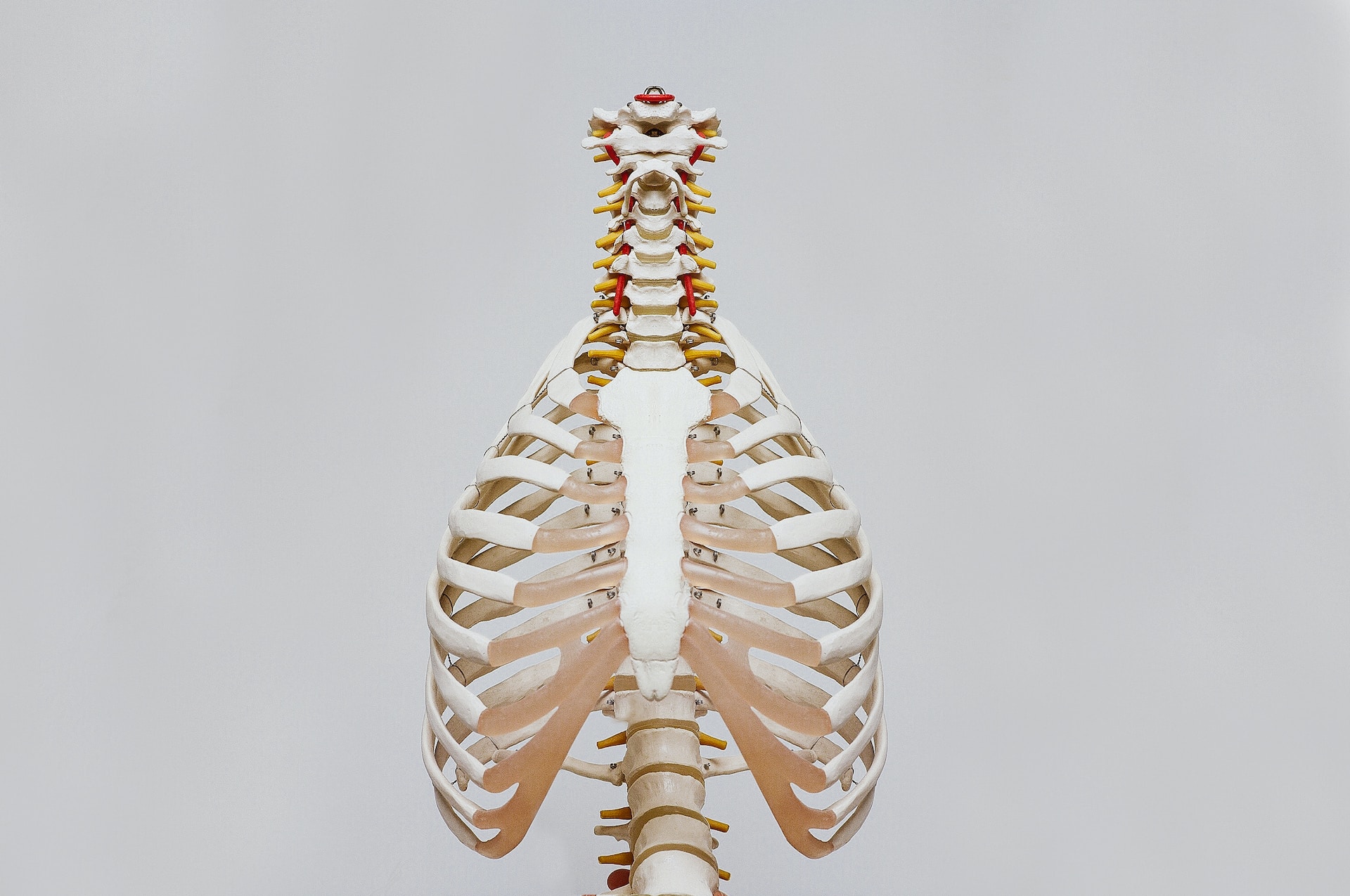Regenerative therapies offer new hope for those seeking alternatives to traditional medicine. By utilizing your body’s own resources, these treatments aim to restore function, reduce pain, and improve overall well-being.
In this article, we will explore four groundbreaking treatments: stem cell therapies, cartilage regeneration, platelet-rich plasma therapy, and prolotherapy.
As the field of regenerative medicine continues to advance, we can expect even more exciting breakthroughs on the horizon.
Understanding Stem Cell Treatments
Stem cell treatments are a revolutionary form of regenerative therapy. These treatments tap into the body’s own healing power by transforming cells with no specific function into cells that serve a purpose.
For example, if you have back pain, doctors can collect stem cells from your fat, blood, or bone marrow. Then they separate the right cells and inject them into your damaged spinal disc.
Once injected, these stem cells grow into healthy spinal disc cells, repairing the damaged disc. It’s like giving your body a fresh start, using its own resources to heal from the inside out.
Over time, these cells develop into the specialized cells needed to repair and regenerate damaged tissue. This regenerative process offers a promising alternative to traditional treatments that may only provide temporary relief.
But before you start looking for stem cell therapy in Las Vegas or anywhere else, it’s important to be aware that, at the moment, there is not enough scientific evidence or professional recommendations available to fully support the effectiveness of these treatments.
Exploring Cartilage Regeneration Therapy
Cartilage regeneration therapy is an innovative treatment that’s gaining attention in the medical field. Unlike stem cell treatments, this therapy focuses on rebuilding damaged cartilage using the body’s own cells.
It’s particularly beneficial for individuals with joint-related conditions, such as athletes and those with degenerative joint diseases.
Here are some key points to consider about cartilage regeneration therapy:
- This treatment can effectively reduce pain and improve joint function.
- It’s a minimally invasive procedure, allowing for faster recovery times.
- By utilizing the body’s own cells, the risk of rejection is significantly reduced.
- It provides an alternative to more invasive surgeries, such as joint replacements.
- Ongoing research shows promising results, paving the way for potential new treatments.
Cartilage regeneration therapy offers hope for individuals seeking relief from joint-related issues. It’s a safe and effective option that harnesses the body’s natural healing abilities.
The Science Behind Platelet-Rich Plasma (PRP)
Platelet-rich plasma (PRP) is an exciting therapy that harnesses the healing power of your own blood. It’s a concentrated solution of platelets, which are tiny cells in your blood that play a crucial role in the healing process.
These platelets release growth factors that stimulate tissue regeneration and speed up the healing of injuries.
To create PRP, a small sample of your blood is taken and placed in a machine called a centrifuge. The centrifuge spins the blood at a high speed, separating the platelets from other blood cells. The resulting platelet-rich plasma is then injected into the injured area.
PRP is often used in sports medicine to treat tendon injuries, as it has been shown to promote healing and reduce pain. One of the great advantages of PRP is that it’s made from your own blood, so the risk of adverse reactions is minimal.
Prolotherapy: A Regenerative Approach
Prolotherapy is a regenerative therapy that’s revolutionizing the treatment of joint and connective tissue injuries. It harnesses the body’s own healing abilities by stimulating a natural response to promote repair and growth.
One of the remarkable aspects of prolotherapy is that it’s a non-surgical procedure. It involves injections into the affected area, making it a less invasive option for patients.
This therapy is commonly used for conditions such as arthritis, tendonitis, and back pain, providing relief for those suffering from these ailments.
During the procedure, a solution containing natural substances is injected into the affected area. This solution triggers a healing response in the body, leading to the growth of new, stronger tissues.
This regenerative process helps to repair damaged joints and connective tissues, improving overall function and reducing pain.
Many patients who’ve undergone prolotherapy have reported significant pain relief. The success rate of this therapy is encouraging, making it a promising option in the field of regenerative therapies.
Future Perspectives of Regenerative Therapies
Experts believe that regenerative therapies will continue to improve and become more effective in the future. Advancements in technology may also make these treatments more accessible and affordable for a wider range of people.
However, there are still challenges to overcome, including ethical considerations and regulations. Despite these obstacles, the future of regenerative therapies appears promising.



















